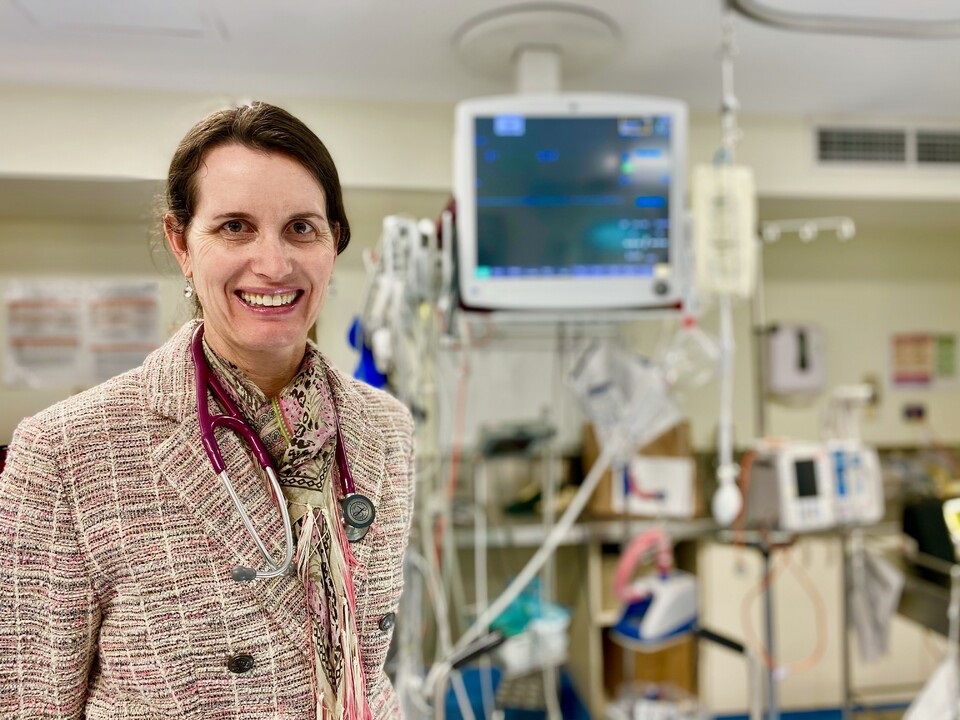
St Andrew’s War Memorial Hospital has an Emergency Centre like no other – your workers won’t wait.
No wait times can result in quicker recovery from work-related injuries, so staff can be on the mend and back on the job sooner.
But this is just one reason why the hospital, centrally located in Brisbane’s Spring Hill, is a popular choice among employers looking for high-quality care for workplace injuries.
St Andrew’s Hospital has meticulously crafted a WorkCover service, designed to ease administrational headaches for time-poor businesses, while offering no out-of-pocket expenses for patients.
When employees present with job-related injuries, hospital staff immediately take care of the paperwork and directly bill WorkCover.
Dr Kim Hansen, Director of Emergency Medicine, says employers can be assured that their staff are getting the best medical care available, all without getting buried in paperwork.
“It means the employer doesn’t have to worry about the paperwork from the emergency point-of-view,” Dr Hansen says.
“We are set up for WorkCover, we are trying to make it as smooth as possible, get patients seen straight away and all in a great central location.”
Proving to be a reputable choice across a raft of industries, a whopping 10 per cent of admissions at St Andrew’s War Memorial Hospital Emergency Centre are WorkCover patients.
Dr Hansen says Emergency Centre staff treat patients in the construction and supermarket industries, as well as train drivers, police officers, firefighters, staff from other health facilities, and many more.
The team is experienced in treating every type of workplace injury – both minor and major – including broken bones, cuts and lacerations, back and leg injuries, concussion, chemical eye burns, invasion of foreign objects, industrial deafness and much more.
“WorkCover does cover everything: radiology, pathology, physio, all in-hospital care.
“And, it will also cover post-hospital care, such as physio or if crutches are required,” Dr Hansen says.
The hospital also has upper limb surgeons on a 24/7 roster, so workers presenting with hand lacerations or breaks have access to theatre at any time of the day.
Dr Hansen says the hospital – which has 250 beds – offers every medical speciality on site, meaning patients don’t have to be transferred to another hospital.
This also saves time.
Dr Hansen points out the quicker patients are treated, the sooner they can heal and be on their way back to work.
“A lot of workplaces are set up now for light duties or restricted duties, and they want their employees back on site, even if they aren’t able to do their usual job.
“And that is better for everyone – it is better for the wellbeing of the patient, as well as for the employer…to have everybody on site, turning up every day, and keeping in touch with the workplace while they are recovering.”